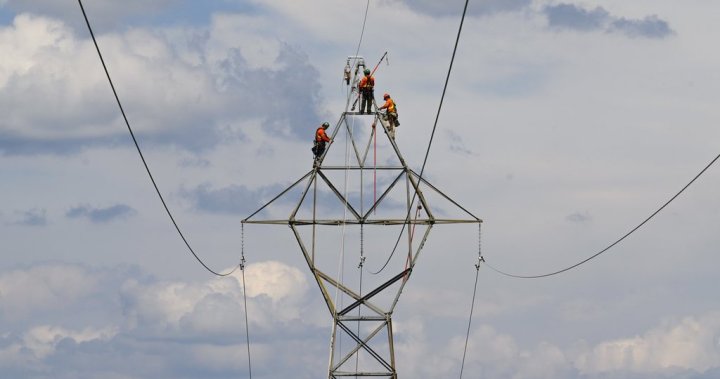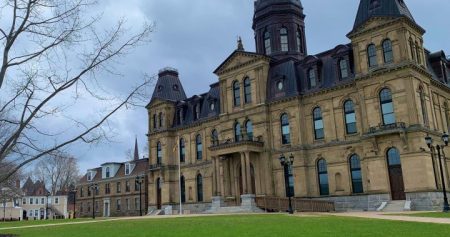Are you following the latest news about the potential future of your city and the country? The province of Ontario has released a report outlining some key developments, challenges, and potential policy shifts. Here’s a condensed and humanised summary of the content:
—
The report highlights the importance of fostering interprovincial energy transmission diversity, particularly in ensuring a cleaner economic future. It warns of trade uncertainty from the U.S. and warns solutions might emerge, even if tensions escalate. While Ontario faces a hybrid energy landscape, moving towards cleaner and safer:CGRect is clearer: “Developing a clean energy economy has the potential to make your life affordable and improve your home and city’s well-being, and it could create new sectors and jobs,” the report warns.
The report also identifies promising signs, such as Ontario’s recent achievements in battery storage procurement and large-scale multi-year investments in electricity access. It suggests key policy pieces like incentivizing EV ownership, building a charging network, and supporting electric vehicles’ increased use. While Ontario lags in EV market penetration compared to other provinces, it could make substantial strides by offering incentives and addressing affordability. The province’s eco-friendly initiatives, such as transitioning to natural gas power, are seen as steps toward a sustainable future.
However, the report points to potential pitfalls, such as the overdependance on fossil fuel imports and increased risks of supply chain instability. The province’s ability to attract new factory investments in electric vehicle manufacturing is particularly emphasized, but it lags behind other provinces in the absence of consumer-driven policies. More households and businesses owning renewable energy technologies could fuel faster economic growth.
By providing emotional resilience and realistic financial frameworks, Ontario’s policies aim to mitigate existing risks. The report questions some recent regulatory moves, such as barriers to investments in natural gas infrastructure, and suggests ways to address them. While the province is ahead on renewable opportunities and investing in electrification, ensuring national electrification will require a blend of government incentives, consumer prioritize, and innovation.
Overall, the province is poised to take its early steps toward a cleaner, more sustainable future, but it remains in a transitional phase.inders caught off guard by the trade crisis may be able to navigate these new landscapes with resiliency and bold policy measures. As Ontario works to harness its strengths while mitigating risks, it’s testament to its potential to lead a cleaner, greener future.










